What is the Jersey Devil? A Quick Look at the History of New Jersey’s Most Famous Monster
By Chris Chaos on 11/04/2012The Jersey Devil originally referred to as The Leeds Devil, a cryptid that is believed to inhabit the Pinelands in New Jersey, has been haunting the surrounding areas since about 1735. Over the years, this creature has been reportedly witnessed by more than 2,000 individuals.
The Jersey Devil has terrorized, and amused, NJ towns through this time, even causing school closings, and keeping people from venturing outside their own homes. Is good ole JD a creation of Piney folklore, a left over dinosaur, an undiscovered species, a hybrid, a ghost or The 13th Child?
The legendary creature of southern New Jersey is described as a hoofed biped with wings. There are several descriptions of the Jersey Devil, the most popular one being a kangaroo-like creature with a horse’s face, a dog’s head, leathery bat wings, small arms and clawed hands, horns, a forked tail, and devilish cloven hooves. JD reportedly moves fast so as to avoid human contact, and freaking locals with his “blood-curdling scream”.
ADVERTISEMENT
There are several different versions of the Jersey Devil’s origin story. The earliest dates back to the Lenape tribe where they called the Pine Barrens “Popuessing” which translates to “Place of the Dragon”. Later, the Swedes referred to this area as “Drake Kill”. Drake meaning dragon and Kill referring to a channel of a river.
The most popular and widely accepted origin story is of Mother Leeds having 12 kids, and cursing her 13th one who became the Jersey Devil. On a dark and stormy night, poor Mrs. Leeds gave birth to a seemingly normal baby which, shortly afterwards, developed his monstrous attributes. The Jersey Devil screamed, killed the midwife, flying up the chimney, into the Pine Barrens where it currently dwells. Legend has it, back in 1740, a member of the religious community exorcised the Jersey Devil for 100 years. No sightings of JD were reported until 1890.
There is some real history behind the myth, with records existing of Deborah Leeds and Japhet Leeds (of Leeds Point, NJ) marrying and having 12 children. While visiting Hanover Mill Works to inspect the forging of cannonballs, Commodore Stephen Decatur claims he sighted the Jersey Devil, firing a cannonball at the winged creature to no avail.
In 1820 Napoleon’s brother Joseph Bonaparte also claimed to see the Jersey Devil near his Bordentown home.
The busiest period of Jersey Devil sightings ran from January 16th to the 23rd in 1909. Newspapers were bustling with headlines heralding encounters with the Jersey Devil. Widespread panic ensued when the Jersey Devil supposedly attacked a trolley car in Camden and Haddonfield, then a social club. Elsewhere, unexplained hoofprints were found in the snow. News coverage created pandemonium and schools were closed and factories shutdown. If I was going devil-hunting, I’d recommend doing it in January. The Philadelphia Zoo offered a reward of $10,000 to whomever could capture the Jersey Devil.
An unidentified animal was shot and killed in December 1925 as it tried to kill chickens. The man from Greenwich showed the body to all that came to see it, but no one could determine the critter’s identity. On July 27th 1937, in Downingtown PA, residents spotted an animal with red eyes no one could identify. In modern times, roundabouts 1960 in Mays Landing, tracks were found and noises were heard, attributed to the Jersey Devil by locals. Once again, a bounty of $10,000 was offered to anyone who could bag JD, this time by Camden merchants.
Definitely a good idea, since most devil sightings are considered portents of bad luck, followed by wars and ships sinking off the Jersey shore.
Many skeptics that do not believe in the Jersey Devil. They argue it’s the product of over-active imaginations, or tall tale to scare children. Others, like Kean University’s Brian Regal, believe the legend was born of a politcal feud. The earliest recollections and referrals to the Jersey Devil dubbed it The Leeds Devil, in hopes of discrediting Daniel Leeds.
Out of all know cryptids, photos, videos, and physical evidence connected to the Jersey Devil are rare. Some common explanations of the Jersey Devil’s nature are: ghost, an inbred person with birth defects, or a mental disability. Also sand hill cranes, hammerhead bat, dinosaurs (specifically, a dimorphodon), or a true, undiscovered species.
MORE GREAT STORIES FROM WEEK IN WEIRD:

You may also like...
-
Advertisement
Subscribe for the latest Weird News Delivered Daily!
Join the world’s only mobile paranormal museum!
World’s Weirdest News in your Social Feed!
Latest Stories
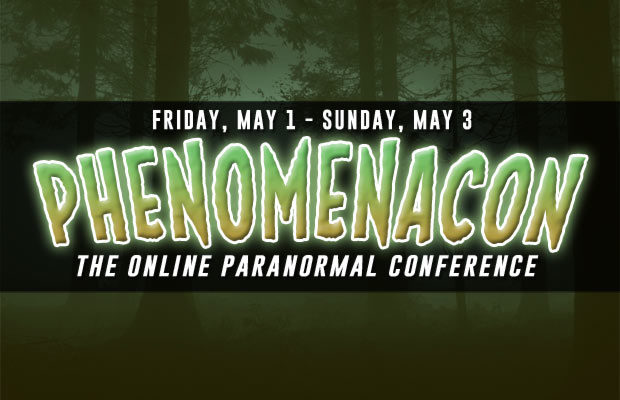
Phenomenacon: Attend the World’s First Online Paranormal Conference, Featuring Your Favorite Paranormal TV Stars
Martin Nelson | 04/22/2020With the onset of a global pandemic causing the shutdown of fan conventions all over the world, it was only a matter of time before the cancellations hit the...
3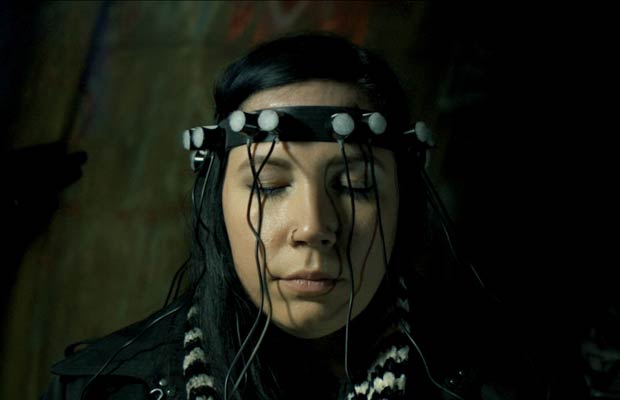
Groundbreaking Paranormal Documentary Series “Hellier” Returns with Ten Haunting Episodes of Appalachian Mystery
Martin Nelson | 11/28/2019There’s something strange moving through Kentucky like a virus, twisting through the Mammoth Cave system and hovering in the skies above the Appalachian Mountains. While might catch glimpses of...
3
Travel Channel’s “Haunted Salem: Live” Features the “Paranormal Dream-Team” in Live, Four-Hour Ghost Hunt
Martin Nelson | 09/27/2019Travel Channel is kicking off Halloween season on October 4th with a very special live event that brings together more of the network’s top paranormal stars than you can...
3
Meet Devin Person, a Real-Life Wizard Who Grants Wishes on the New York City Subway
Greg Newkirk | 06/11/2019For most of us, ignoring the strange people on the subway is second nature, but if you ever find yourself in the tunnels below New York City and you...
3Stories from Around the Internet
#PLANETWEIRD ON INSTAGRAM
About Week in Weird
Week In Weird is one of the web's most-visited destinations for all things weird, bringing you the latest fringe news, original articles featuring real investigations into unexplained phenomena, eyewitness reports of encounters with the anomalous, and interviews with notable figures in the fields of extra normal study.
Week In Weird is part of the Planet Weird family, brought to you by the paranormal adventures of Greg Newkirk and Dana Matthews, professional weirdos investigating the unexplained by engaging the strange.
- MORE ABOUT WEEK IN WEIRD
- REPORT A SIGHTING / CONTACT
- ADVERTISE WITH USFOLLOW PLANET WEIRD ON TWITTER
GREG & DANA: INVESTIGATING THE UNEXPLAINED
Content copyright © 2016 Planet Weird unless otherwise noted.


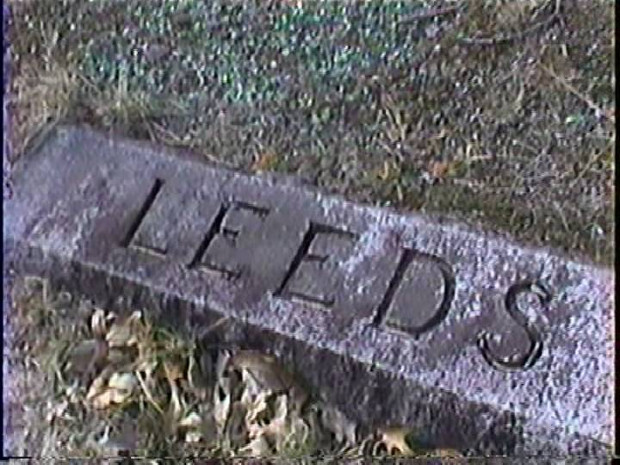

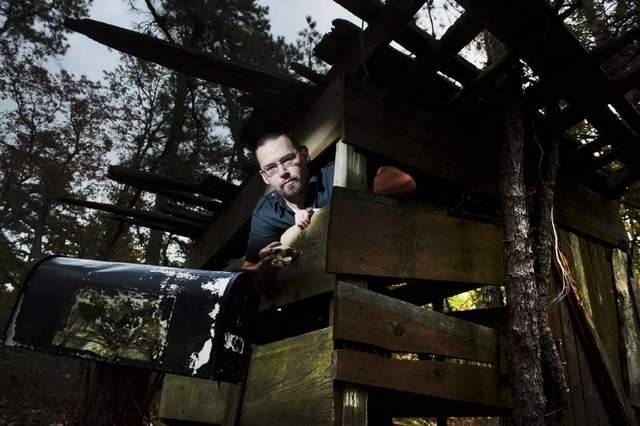
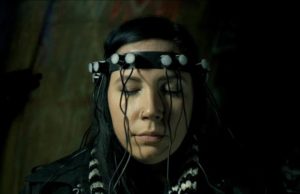




You must be logged in to post a comment Login